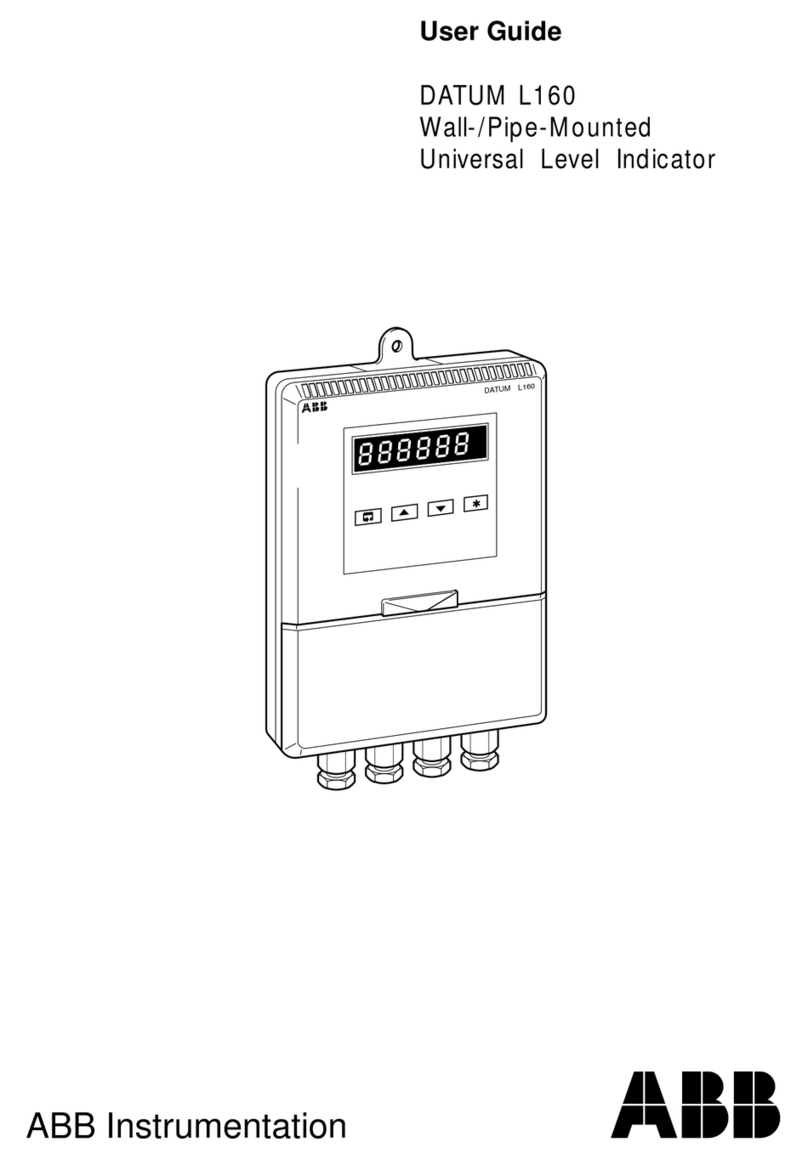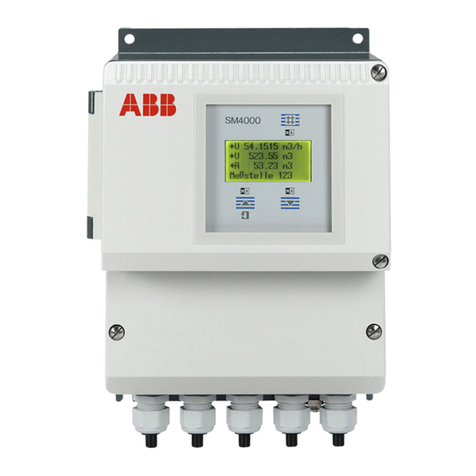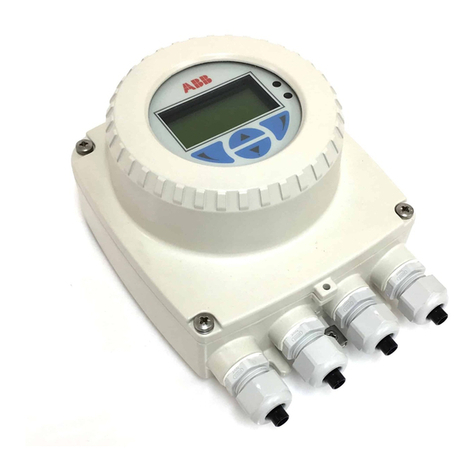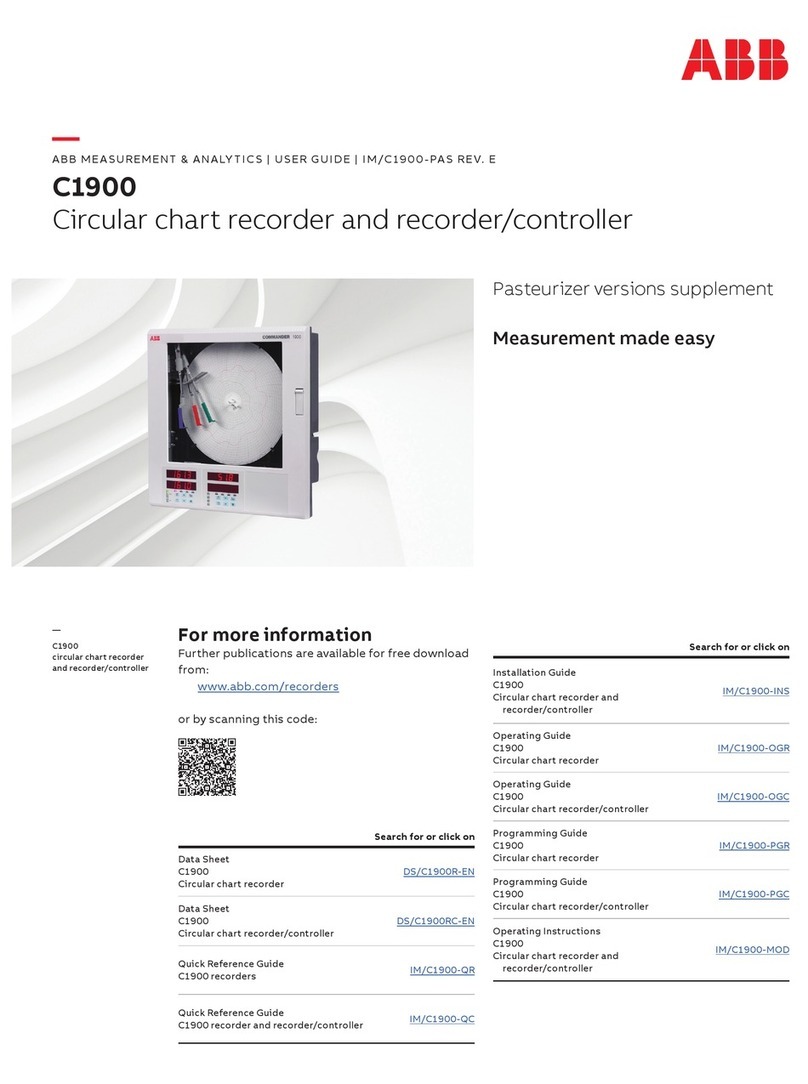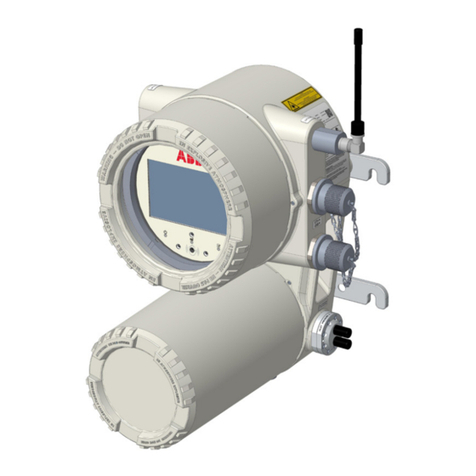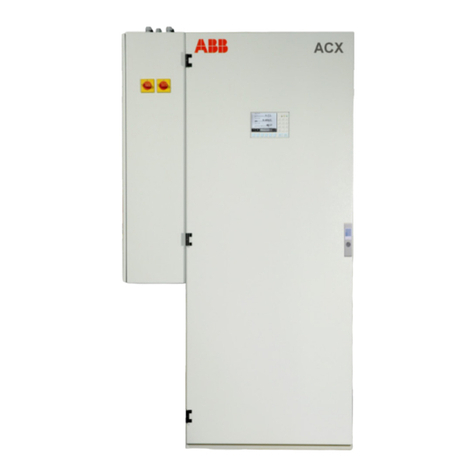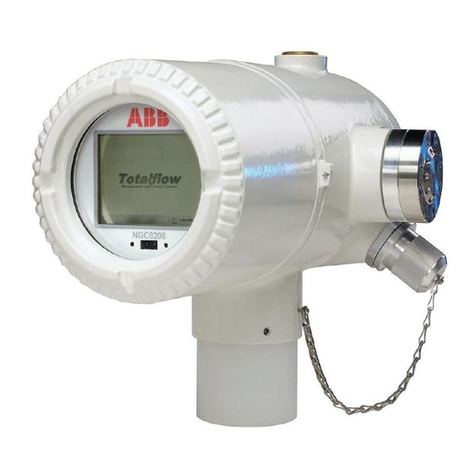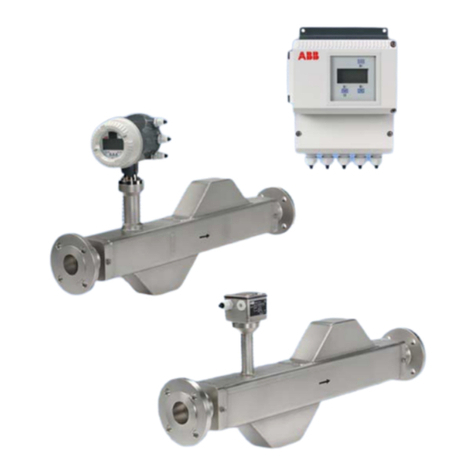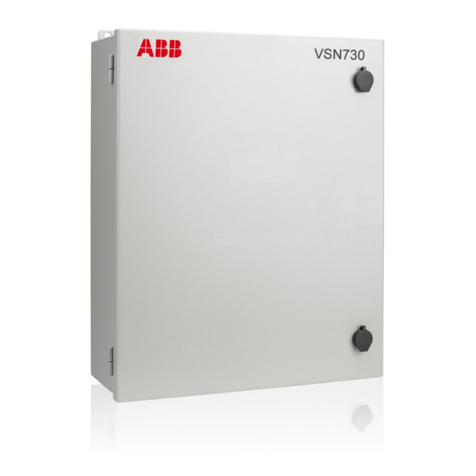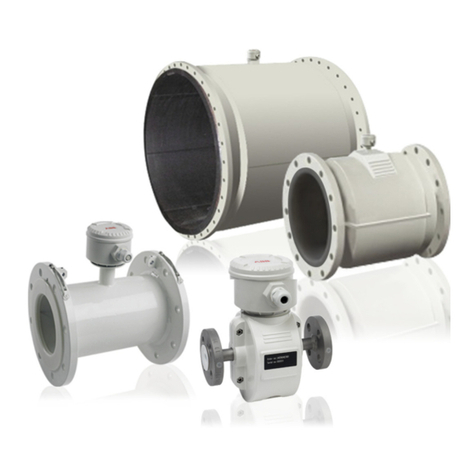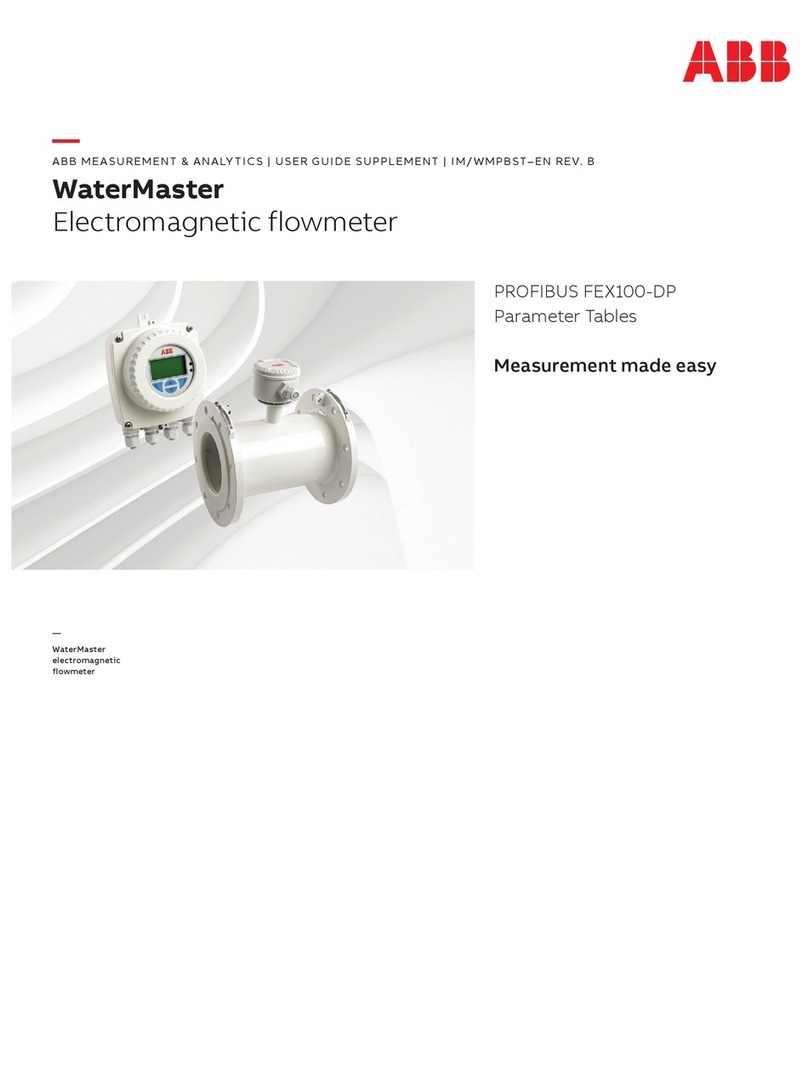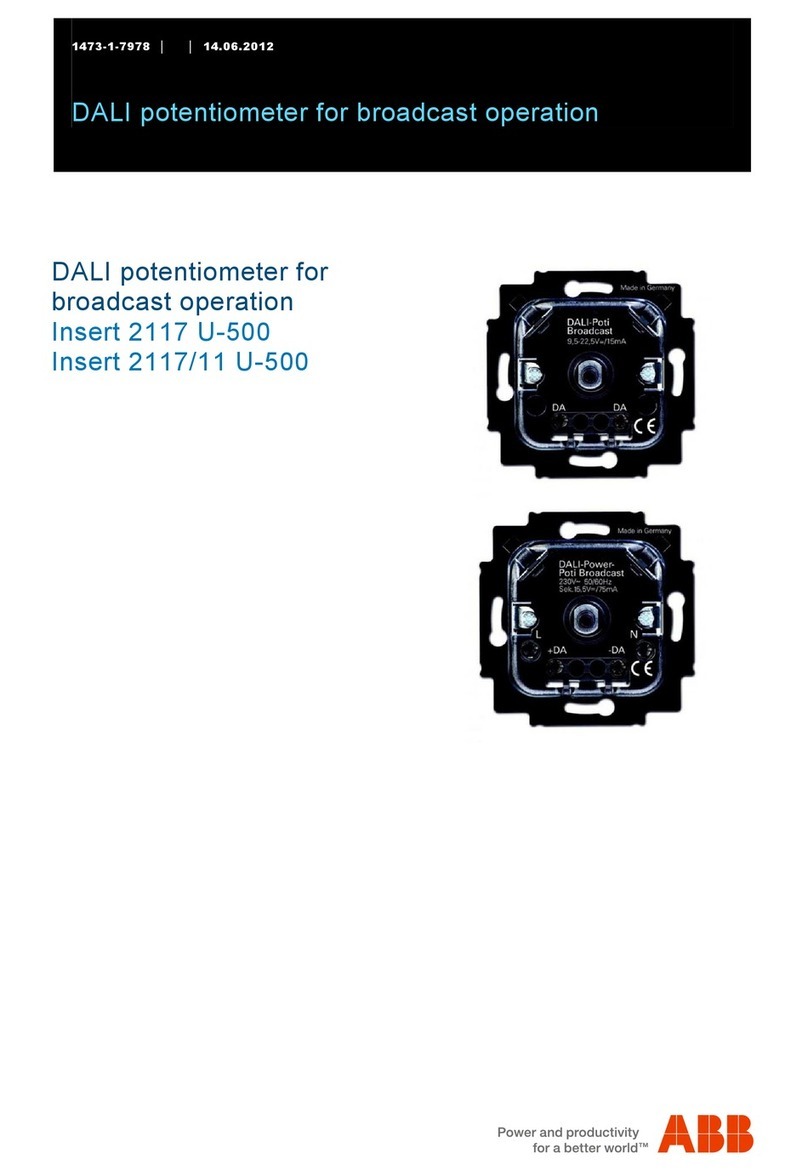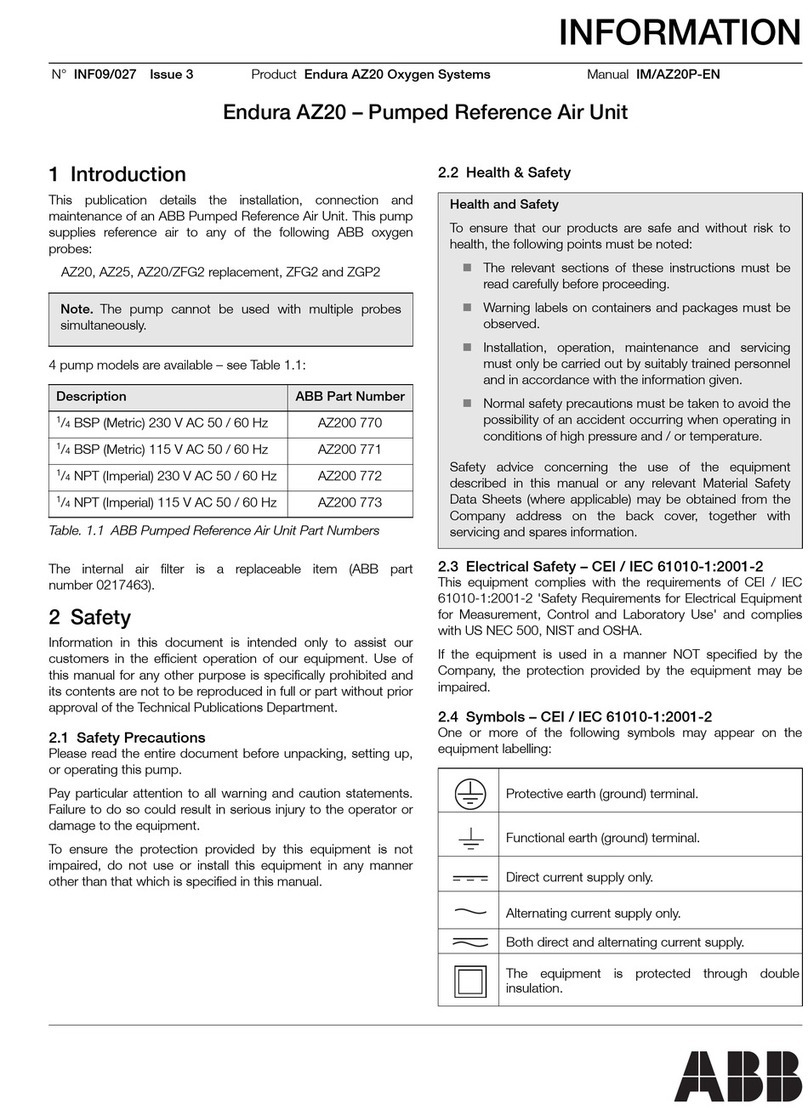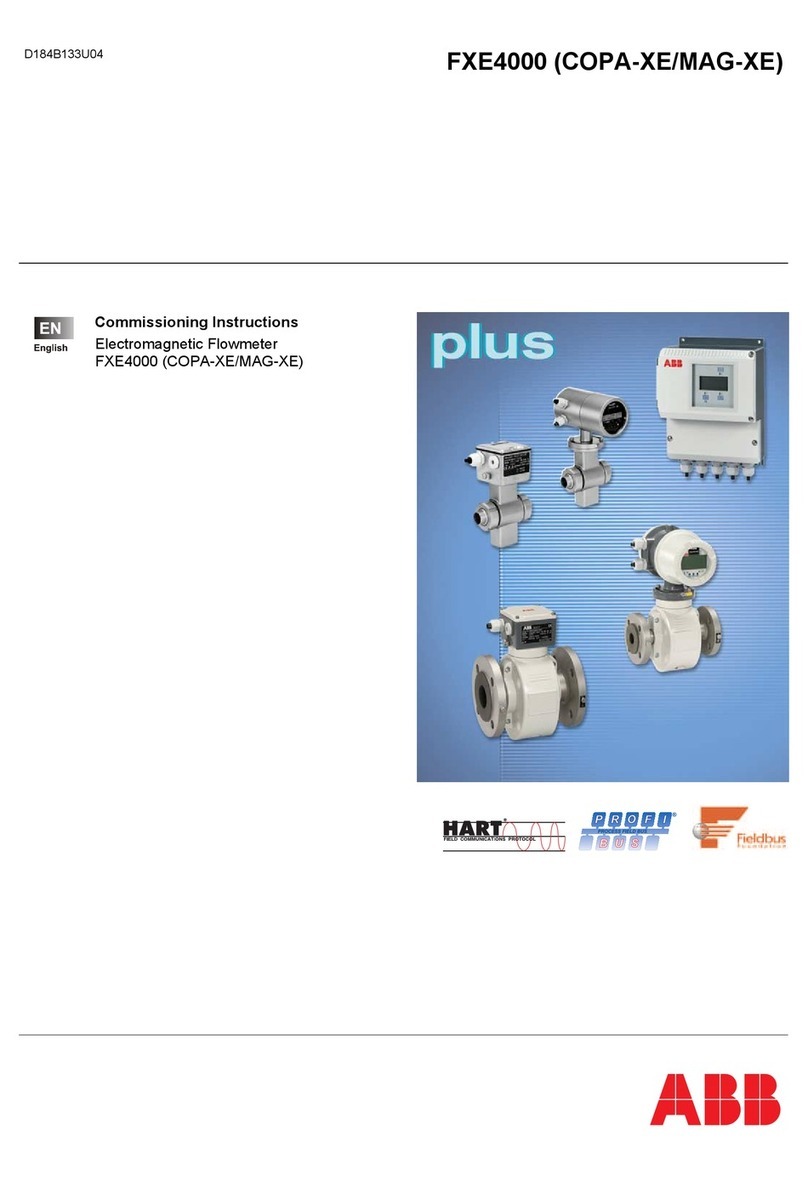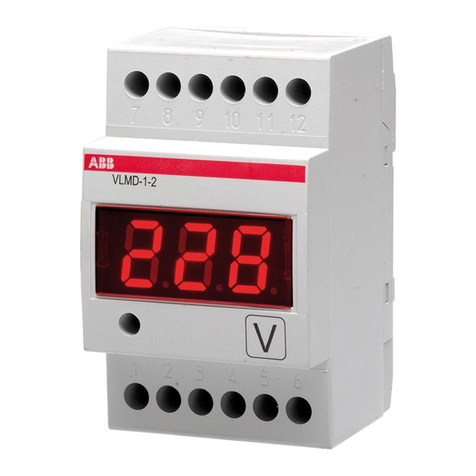
42/23-58 EN Rev. 1 SCC-E Sample Gas Feed Unit Operator’s Manual 9
Chapter 2 Sample Gas Feed Unit Installation
•If there is shipping damage which points to improper handling, file a damage
claim with the shipper (railway, mail or freight carrier) within seven days.
•Make sure that none of the enclosed accessories are lost during unpacking (see
section “Scope of Delivery”, page 7).
•Keep the shipping box and packaging material for future shipping needs.
Installing the Sample Gas Feed Unit
Step Action
Mount the sample gas feed unit on the wall using 4 M6 screws (not
supplied). The mounting brackets required for this purpose are
mounted on the rear of the side panels in the factory.
1
To enable the cooling air to pass unobstructed out of the
sample gas feed unit to the rear, the projection of the mounting
brackets of around 2.5 cm to the rear wall, which is set up in
the factory, must not be reduced.
2 If necessary, remove the condensate outlet hose from the peristaltic
pump and pull it out backwards.
Install the
Sample Gas Feed Unit
on the Wall
3 If necessary, remove the handle and close the threaded holes.
Step Action
1 Unscrew the mounting brackets from the rear of the side panels and
screw them securely at the front of the side panels, flush with the front
panel, using the threaded holes provided for this purpose.
Exchange the fittings flange on the case cover with the blank flange
on the rear wall.
2
Take care not to bend or squash any hoses.
3 If necessary, remove the handle and close the threaded holes.
4 If necessary, remove the adhesive pads from the bottom.
Install the
Sample Gas Feed Unit
in a 19-inch
Cabinet/Rack
5 Mount the feed unit in a 19-inch cabinet/rack using 4 M5 screws.
Step Action
1 Unscrew the mounting brackets from the rear of the side panels.
If necessary, exchange the fittings flange on the case cover with the
blank flange on the rear wall.
Desktop Installation
2
Take care not to bend or squash any hoses.
